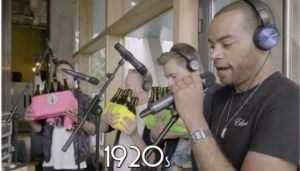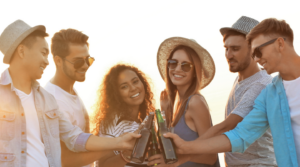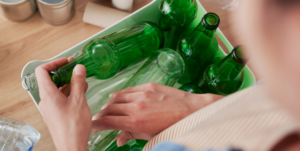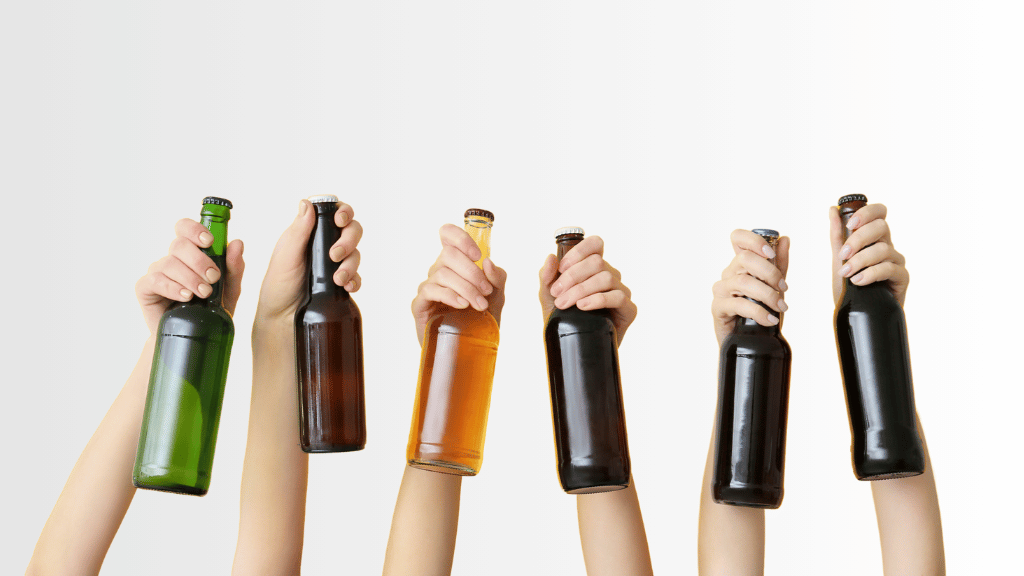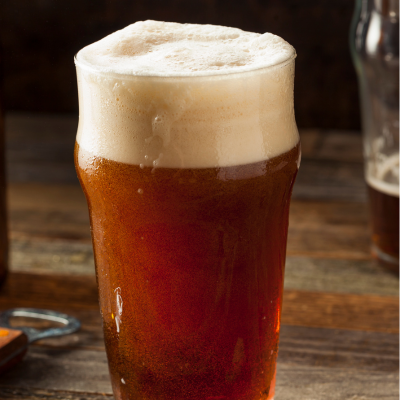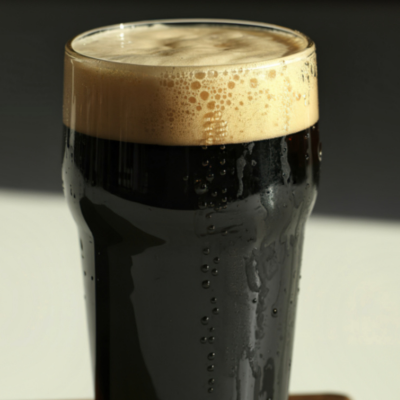Have you ever stopped to think why stouts usually come in brown bottles, while lagers and pilsners come in green ones?
In this article, we’ll explore the science behind why some beverage bottles come in brown, green, or clear glass. But before diving in, let’s take a quick look at how these bottled drinks are crafted and what influences their packaging choices.
But after all, what’s the deal with bottle colours? Well, you might have guessed it: different beer types also usually come in different bottle colours, and there are three main reasons for this, which we explore next.
Why are beer bottles green, brown or clear – and why does it matter?
Beer bottle colours aren’t just about aesthetics – they can help preserve beer’s flavour, aroma and quality for longer. Whether a bottle is brown, green, or clear will influence how it holds up over time, how much light can get through, and even reflects historical or regional traditions.
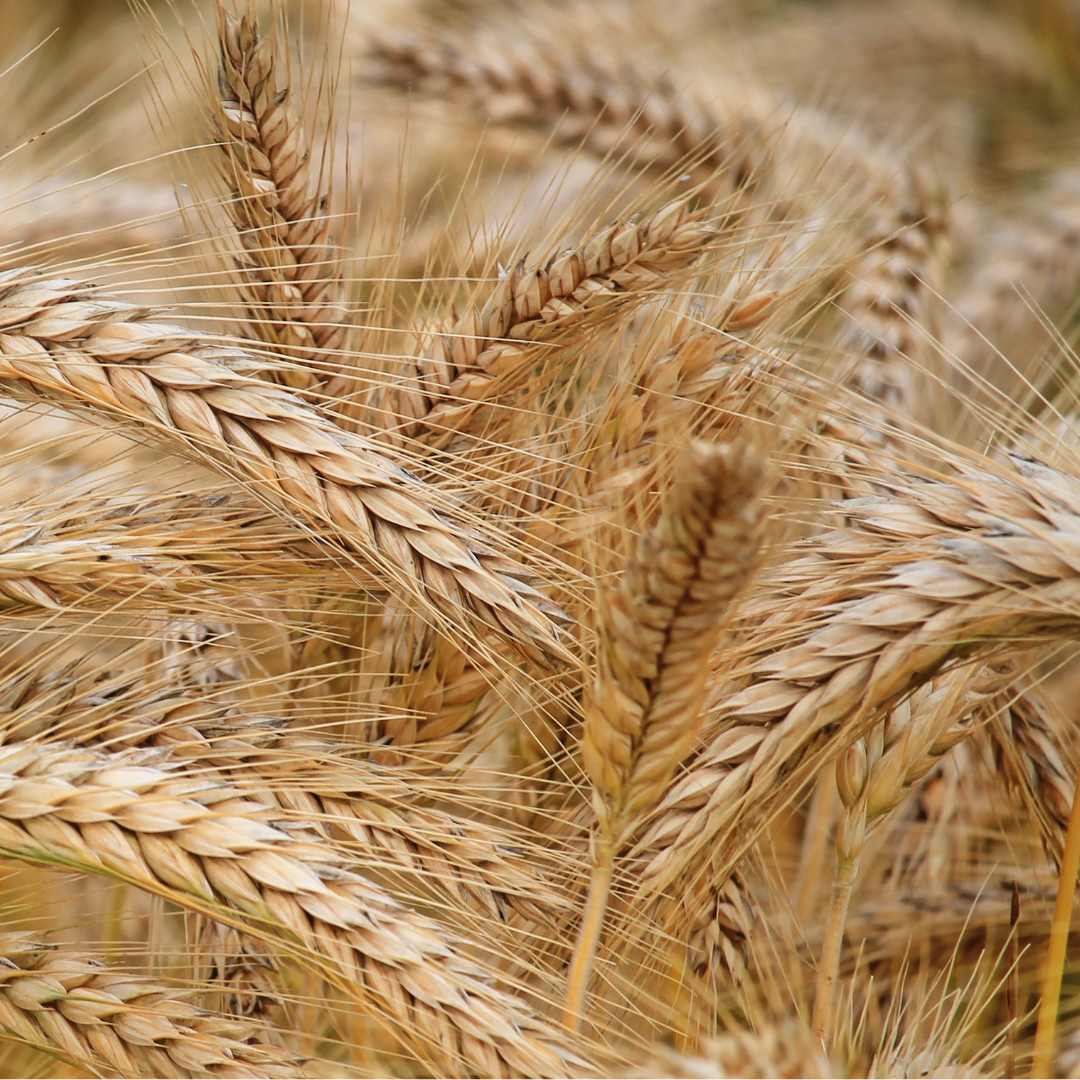
Preserving flavour and aroma
Glass is a natural protector when it comes to keeping beer’s flavours and aromas as originally intended. It’s not by chance that glass has also been long used to store carbonated drinks and wine.
Because it’s a single-layered material, glass doesn’t require any chemical liners that could interfere with the beer. It also blocks oxygen from sneaking in and making your beer go stale (better to brew safe than sorry).
Whether a bottle is green or brown doesn’t directly affect taste, but it does control how much sunlight gets in — and that can make all the difference.

Protecting from light damage
Light exposure is one of the main threats to beer. When beer sits in the sun for too long, sensitive hop compounds break down and react with the proteins, releasing an unpleasant “skunky” smell.
This is why most beer bottles are brown or green. Brown (amber) bottles are the most effective, blocking up to 99.9% of UV rays, retaining beer’s top-notch flavour for months on end.
Marketing and historical tradition
If brown bottles are so effective, why are green and clear bottles still used? The answer often lies in marketing and history.
After World War II, when brown glass was in short supply, European breweries began using green bottles. Over time, green bottles became associated with premium brands and higher quality. Clear bottles, on the other hand, are often used for marketing purposes, so that consumers can see the beer inside before committing to buying it.
While brown bottles have historically been the standard for storing beer, green and clear bottles have become part of brands’ identities. It just goes to show how colours, labels, and overall design can really enhance brands’ value.
Now that you know the science (and history) behind coloured bottles, you can impress your friends whenever someone asks, “Why are beer bottles green or brown?”
You can say that it all comes down to three intertwined factors: flavour and aroma, light protection and tradition.
So next time you crack open a cold beer, remember that brown or green glass isn’t just a random choice, but a crucial one!
Related posts
